On my Bookshelf | Brandon Ralph – The American Experiment
On my Bookshelf
In this column, I occasionally present a photo book that is close to my heart. It is not – or not necessarily – a new publication. It is simply a book that somehow fell into my hands and that I would like to recommend to others. And yes – of course it’s on my bookshelf.
It’s a bit of a continuation of my Photo book of the month column – just not necessarily as regular as before. And I’ve generally made the column a bit shorter and tighter. I hope you’ll enjoy it!
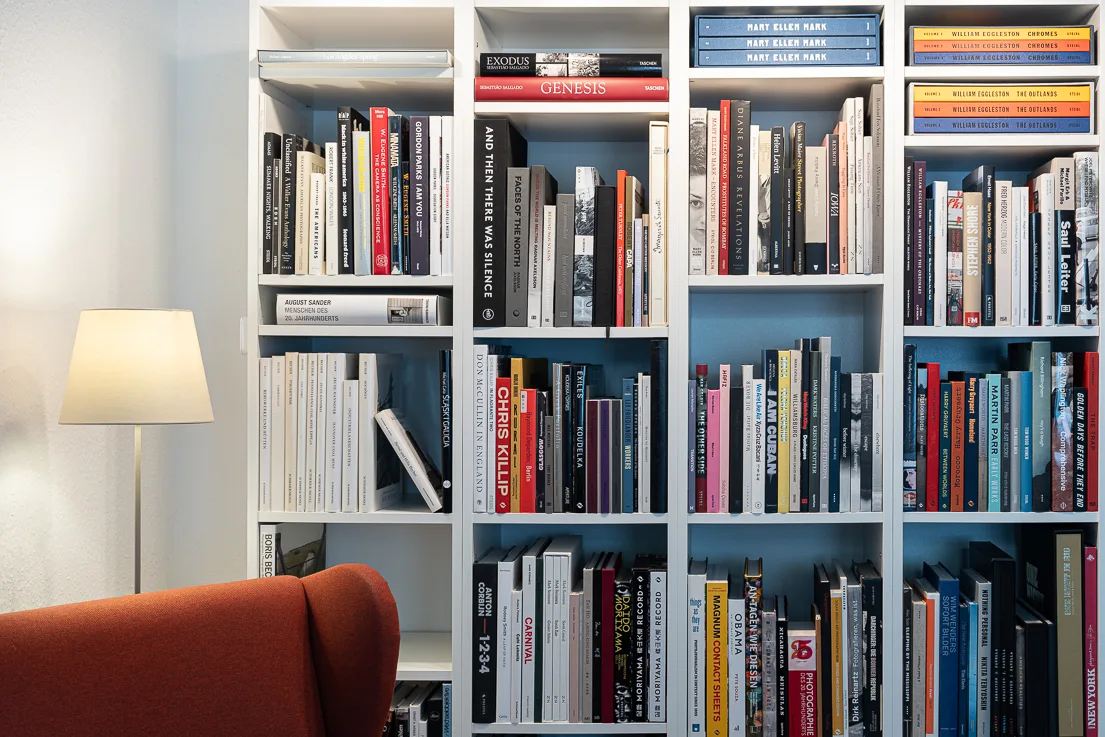
Prologue
Today, I’ve chosen a fairly new book from my list, one that wasn’t yet on my schedule. That’s because the topic is currently on my mind quite a bit. There is a lot happening on the other side of the Atlantic at the moment. I am referring to the questions of what defines America and which course the United States will take in the coming years. Two questions that are by no means easy to answer. It is impossible to ignore the fact that the experiment is clearly showing cracks and that society is deeply divided. However, the USA is certainly not alone in facing this problem.
Some people here in Germany think that it is a topic that is perhaps receiving too much attention at the moment, but I don’t agree.
One book that fits the bill, both in terms of its title and its content, is ‘The American Experiment’ by Brandan Ralph.
If this were to be a series, this could be the second part. The first part would then be my review of the book ‘Course of the Empire’ by Ken Light. A book which, in my opinion, has surprisingly and unjustifiably received far too little attention. The probably most famous and iconic book on this theme, ‘The Americans’ by Robert Frank, is also on my bookshelf. But I have never written anything about it – probably because so many others have already done so. At some point, I might catch up on that anyway.
About the Photographer |
Brandon Ralph is an US-American photographer based in New York. Raised on Long Island by a single mother on welfare, his childhood was marked by, shall we say, certain obstacles. Held back in primary school and later attending special schools due to learning difficulties, his path as a young person was not an easy one. At the age of 18, he lost his mother and father in quick succession, followed later by his grandmother and a close friend.
Instead of letting it break him or turning him cynical and pessimistic, Brandon Ralph says it made him stronger. Despite – or perhaps because of – his problems at school and dropping out of university, he managed to become a successful businessman. He is the co-founder of a highly successful creative agency, Code and Theory, and was Chief Experience Officer for a large chain of exclusive fitness clubs for a long time. And for his photography, he drew on his experiences of pain and loss to convey a sense of hope and optimism.
As a photographer, Brandon Ralph has already received a number of awards and his work has been exhibited in several exhibitions and galleries. The American Experiment is his largest and longest – perhaps even lifelong – photographic project to date.
About the Photo Book | The American Experiment
The American Experiment is Brandon Ralph’s first book. In 109 black-and-white images spread across 240 pages, the photographer takes us on a journey through parts of the United States. It is not a single journey as a coherent event, but rather the images were taken over many years during which Ralph travelled the United States privately and professionally.
The book is divided into three chapters: The Idea, The People, The Land. It concludes with a brief interview with the photographer by author Gail Buckland.
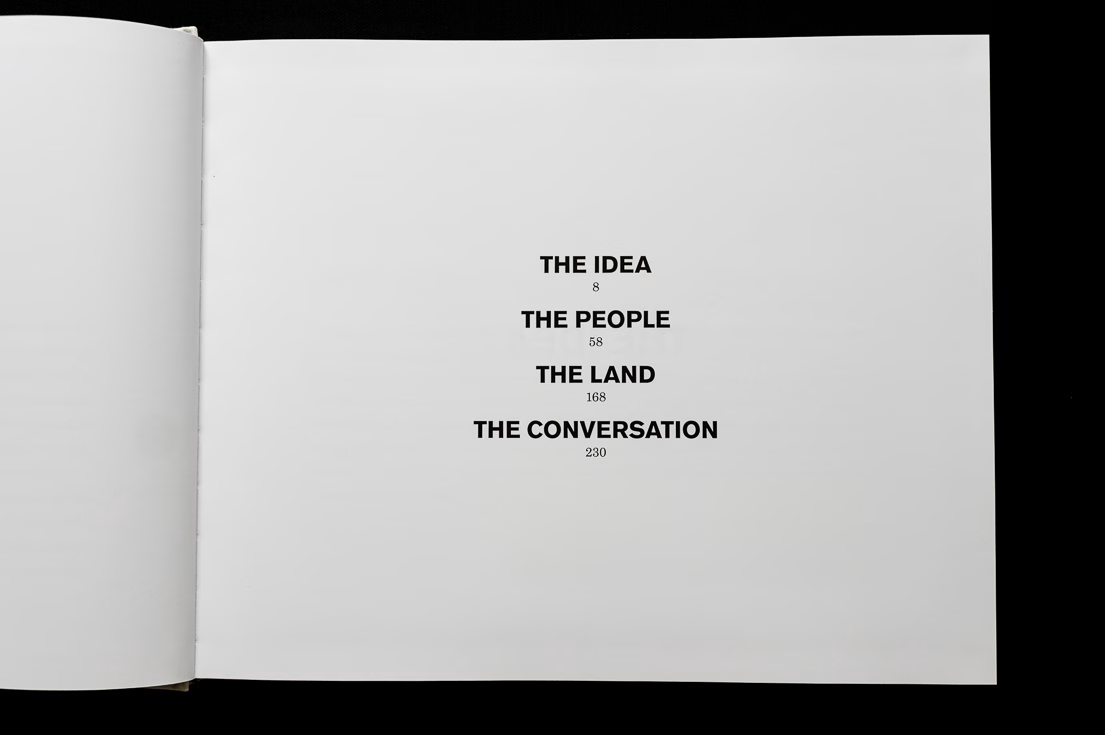
The Idea
The first and largest chapter, ‘The Idea’, deals with precisely that. It addresses the question and concept of being American. Brandon Ralph posits the theory that America is held together first and foremost by ‘just’ an idea – and that the most visible symbol of this idea is the flag. At least as a German, who rarely sees his national flag outside of the Football World Cup, I can confirm that this is rather striking.
Something that is really interesting, both photographically and in other ways, are the places and occasions where we encounter this flag. These range from typical and predictable to very subtly hidden in everyday life. The latter in particular underlines the idea behind the idea – or perhaps what might be called the ‘subliminal message’. Brandon Ralph has synthesised this very well in this chapter. As diverse as the motifs may be, the flag holds the theme together. The same should also apply – according to the idea – to the diversity of people and parts of society.
But is that really the ‘idea’? I don’t know! Because what exactly this ‘idea’ is certainly leaves a lot of room for (personal) interpretations and opinions. Brandon Ralph will naturally associate something with it, but I and others – especially Americans, of course – may associate something very different.
The People
My favourite part – perhaps unsurprisingly – is the chapter entitled ‘The People’. Here, Brandon Ralph not only depicts the diversity and variety of American society, but also creates very sensitive ‘portraits’ of people. I deliberately put this in quotation marks because they are not classic portraits. Rather, they are brief moments in the normal lives of ordinary Americans. They reflect what matters in normal life. Fears and hopes, joy and sorrow, work and family…
In terms of style, however, these images are very nostalgic – I will come back to this later.
At this point, I’m going to make it easy on myself and simply steal a quote from Gail Buckland’s interview, which I think sums up the idea behind these pictures very nicely.
The most political decision you make is where you direct people’s eyes.
Wim Wenders
The Land
I’m not a big fan of landscape photography, and Brandon Ralph isn’t a landscape photographer. But anyone who has ever been to the United States knows how incredible the landscapes are and how significant the land is. Its sheer size and vastness, its beauty and emptiness – naturally, that has an effect on you. Whether you live there or are just visiting.
So it’s only understandable that Brandon Ralph also includes the influence of the land on the American experiment in his book. Not as landscape photography in the classic sense, but more as an almost poetic transfiguration of the stereotypes of landscapes and places in the USA.
What I like about the book
So what can be said about Brandon Ralph’s book in conclusion?
On the one hand, of course, that it basically helps to sharpen our focus and encourages us to think about important questions. Questions concerning identity, change, diversity and the future of America. OK, basically, this should of course be of more interest to Americans themselves than to me as an outsider – but still.
On the other hand, there is the photographic classification of the book, which is somewhat more difficult.
What is it exactly?
At first glance, one might think that neither the idea nor the execution of the project is particularly new. After all, there is at least the work ‘The Americans’ by Robert Frank, which I have already mentioned. A work that no documentary photographer can ignore. And it is not only the title and the subject matter that seem very similar here; in parts, the photographs are also similar, of course. And that is not only because of the black and white…
Is ‘The American Experiment’ simply a copy of this famous work? I don’t think so! For one thing, this statement makes little sense, because every photographer’s view is per se different. Otherwise, no one would be allowed to create a social portrait of Americans after Robert Frank. On the other hand, I find Brandon Ralph’s inherently similar approach particularly exciting, as it shows the country more or less half a century later.
Same but different
I would like to briefly illustrate what is interesting about this in the following two images.
The first picture could, in principle, have been taken 50 or even more years ago. A queue outside a polling station during the presidential election, unemployed people during the Great Depression… or whatever. That said, the clothes and, above all, the mobile phones suggest that the photo must be fairly recent (it dates from 2016). If everyone had a newspaper in their hands, hm… 1980? So, despite the similarities, it is also a more or less subtle image of change.
The second image is much more complicated to classify. The woman’s appearance, her hair clip and, above all, the man with that hat… My spontaneous reaction would have been to say that the image could be a scene from a diner in the 1950s. But I would have been way off the mark – it’s from 2007.
This wonderful discrepancy between a clearly recognisable change in people and environments on the one hand and the consistency of some things on the other is what makes it so appealing. I would consider it neither a copy nor a sequel to ‘The Americans’, but an exciting addition with, of course, partly different perspectives – and a different time.
The topic
Now, I haven’t really addressed one of the reasons I mentioned at the beginning for presenting this book at this particular time – America’s path to the future. However, this is also a topic that is not quite so simple and certainly cannot be answered with pictures in one book. And after all, this is supposed to be about photography, not politics or history. So everyone can form their own opinion on that. Nevertheless, the pictures in this and the other books mentioned can help you to think about these things… 😉
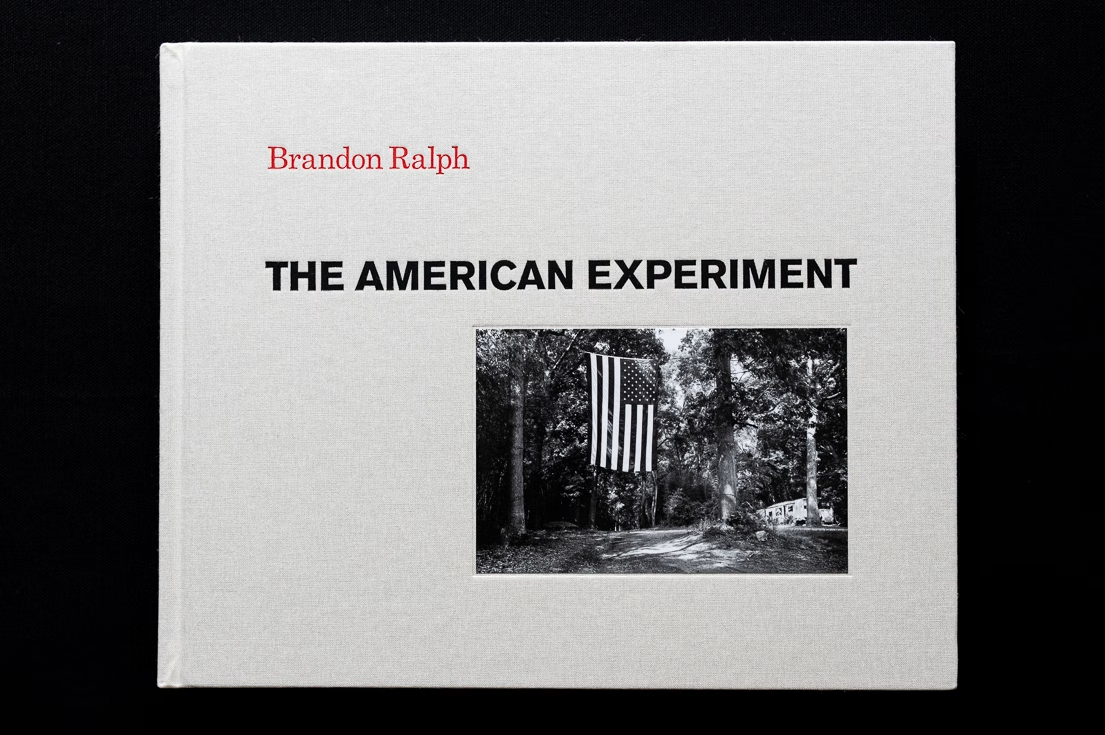



















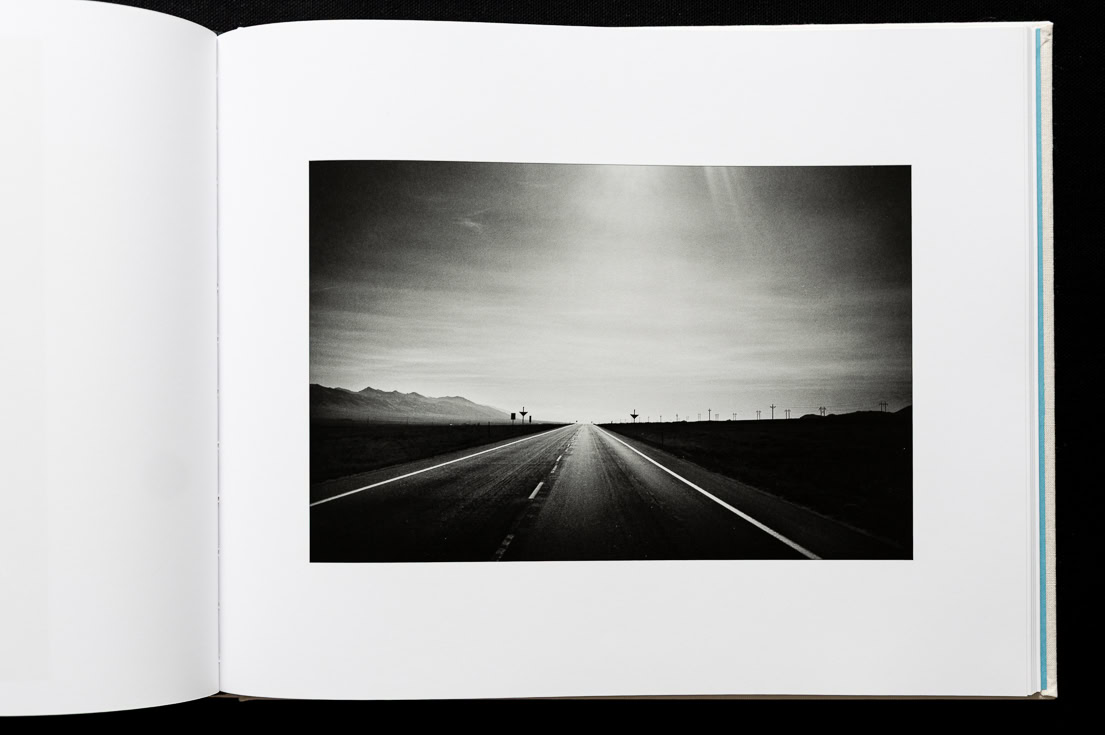


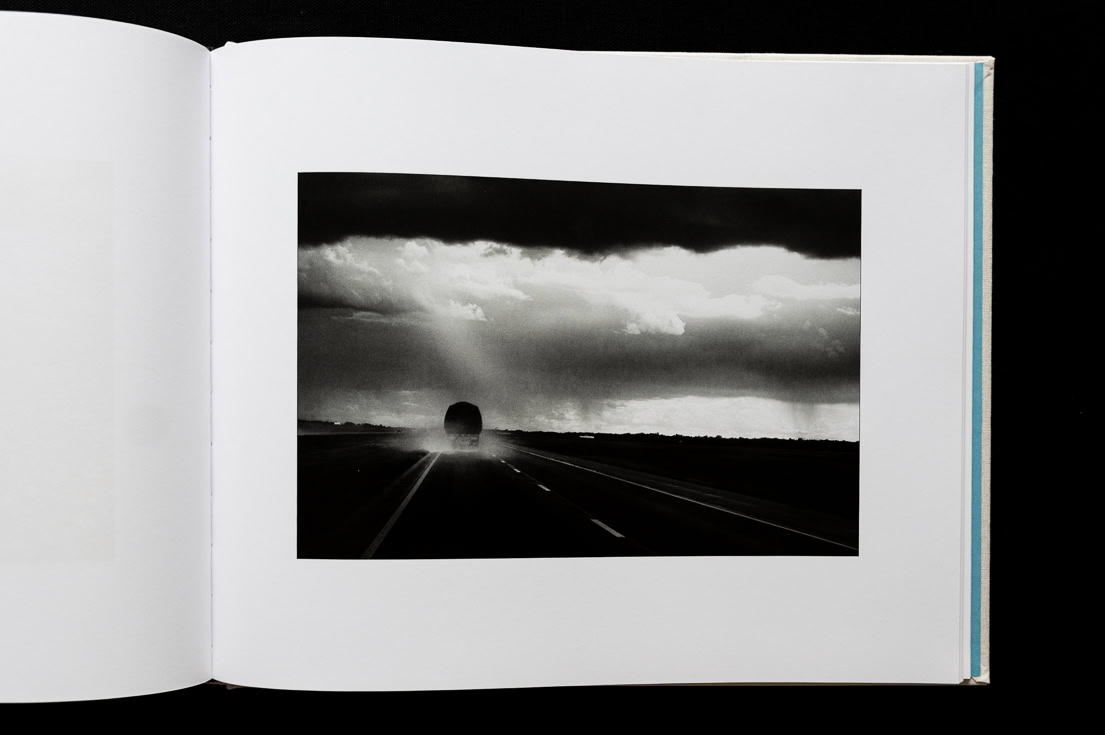


No Comments